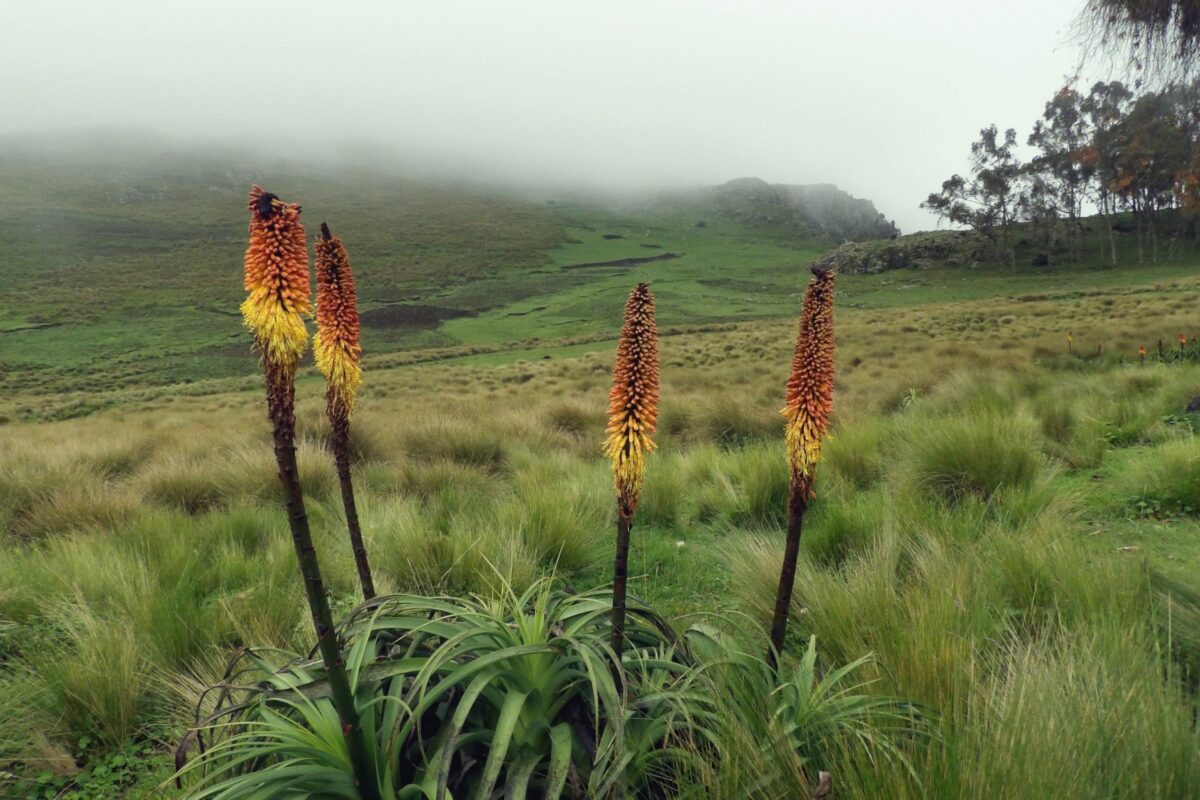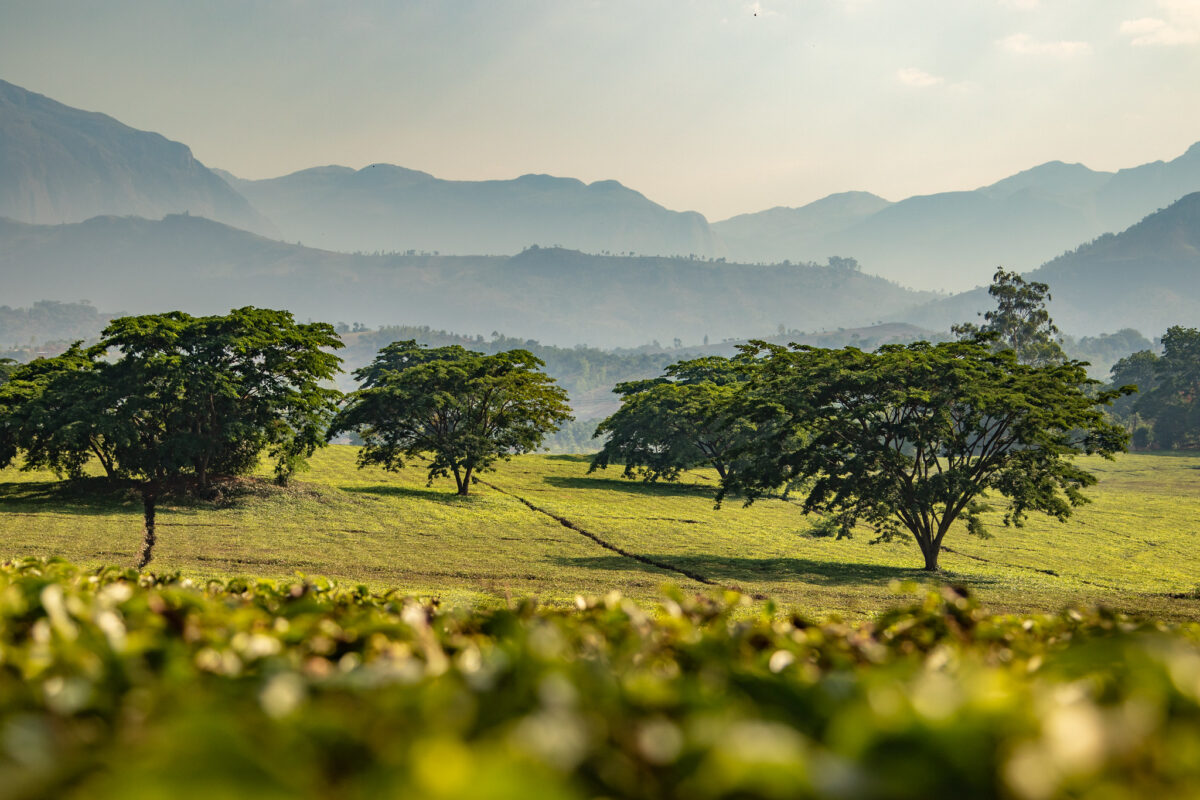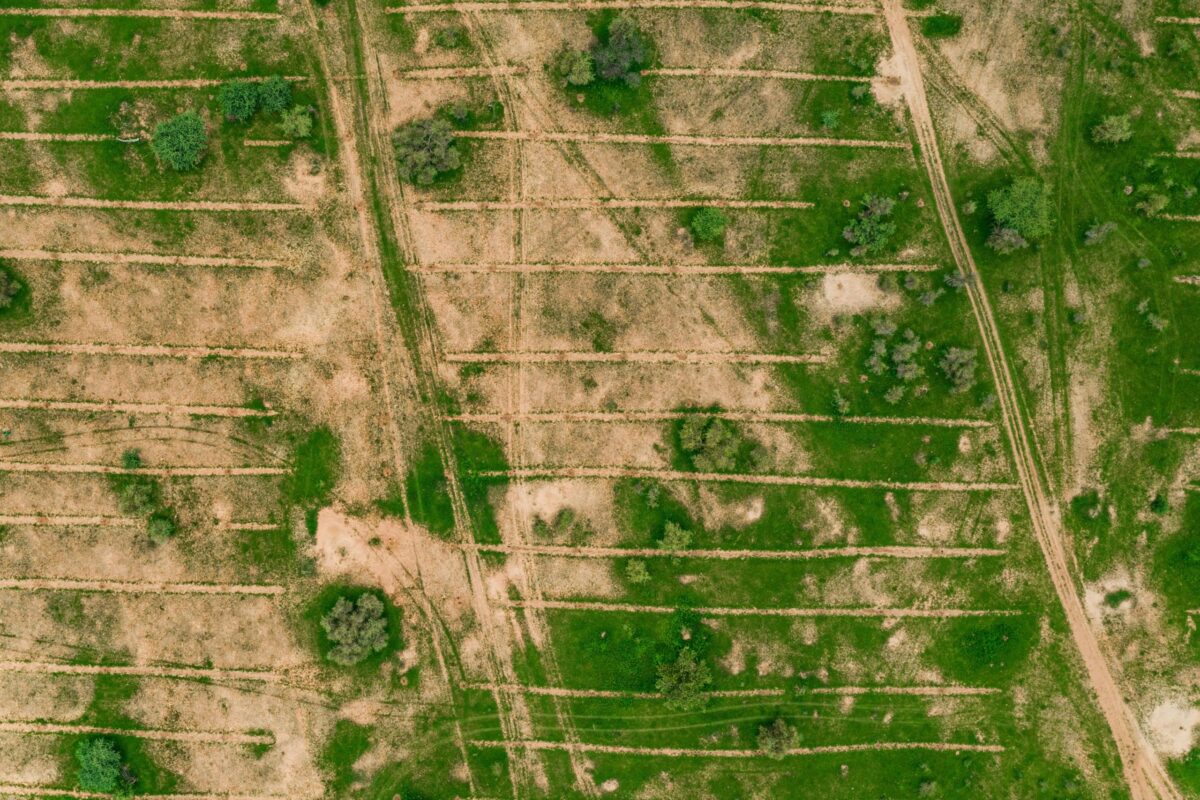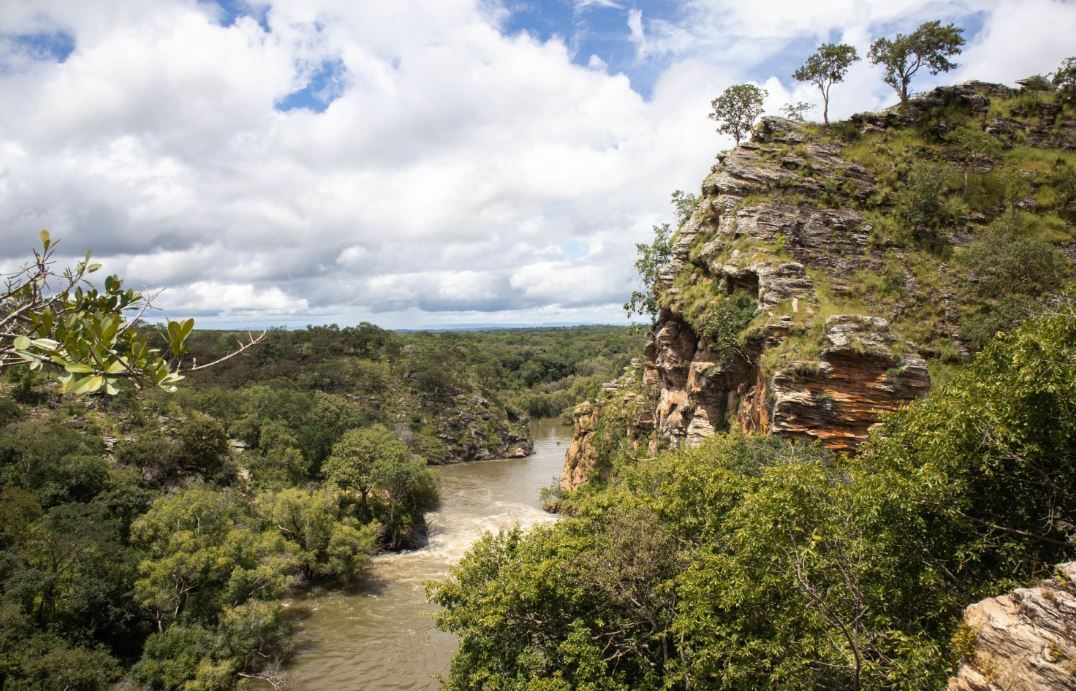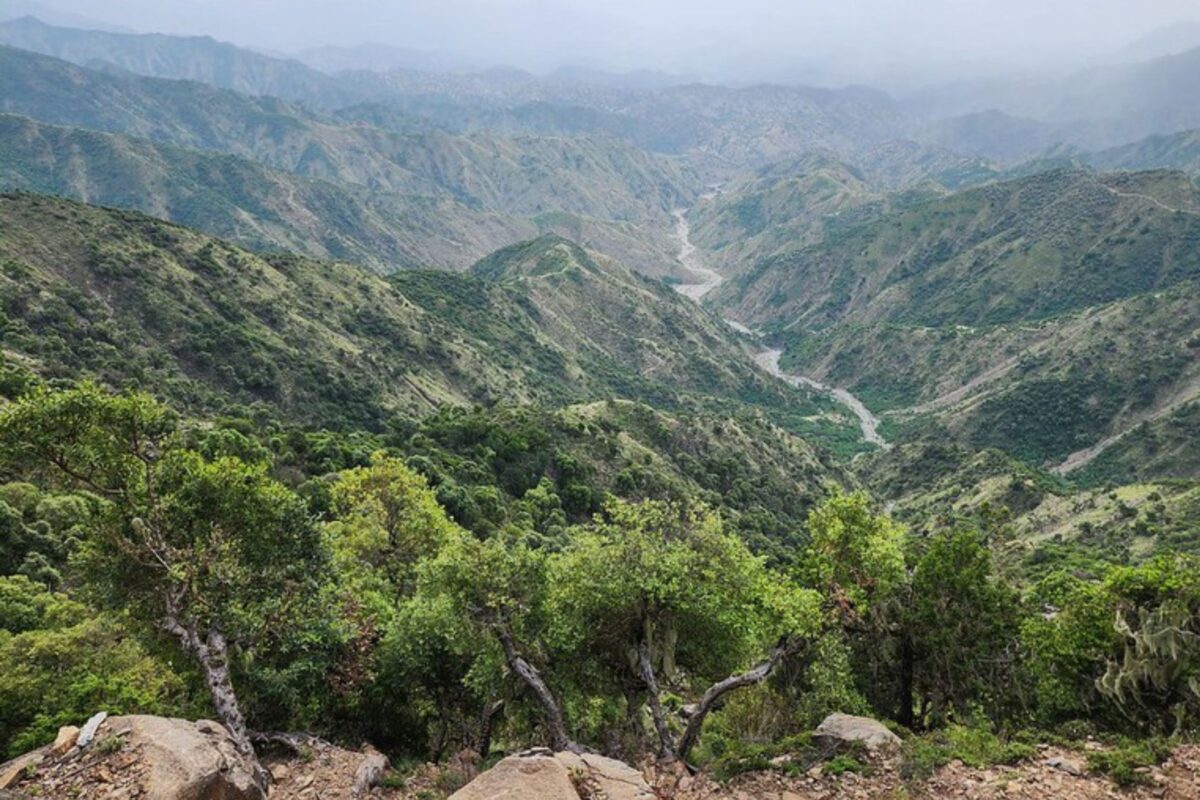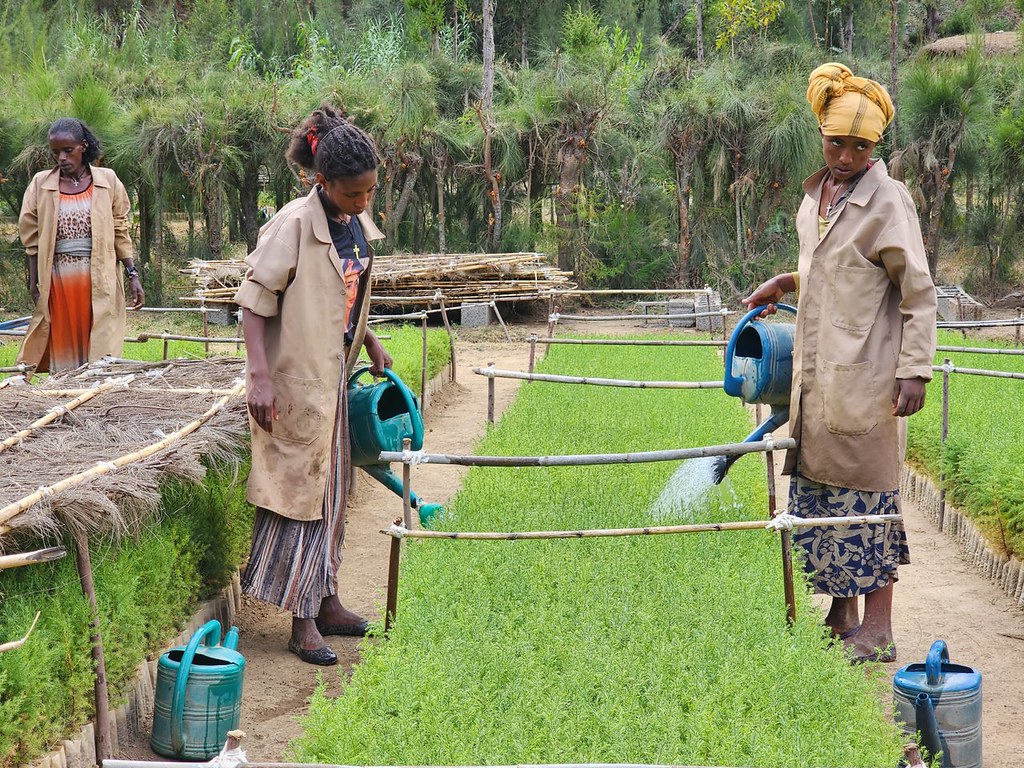As complicated as the global climate challenge is, it shouldn’t come as a surprise that there’s no one quick fix we can make to immediately stop it in its tracks. However, that doesn’t mean we’re out of options! In fact, we’ve got plenty of tools in our climate change toolbox.
There are so many climate change solutions – and ways in which we as individuals, companies, and governments can support them – that we can’t hope to cover them all here. So, we’ve focused on some of the most established, effective, and widely discussed methods out there.
Understanding how to stop climate change
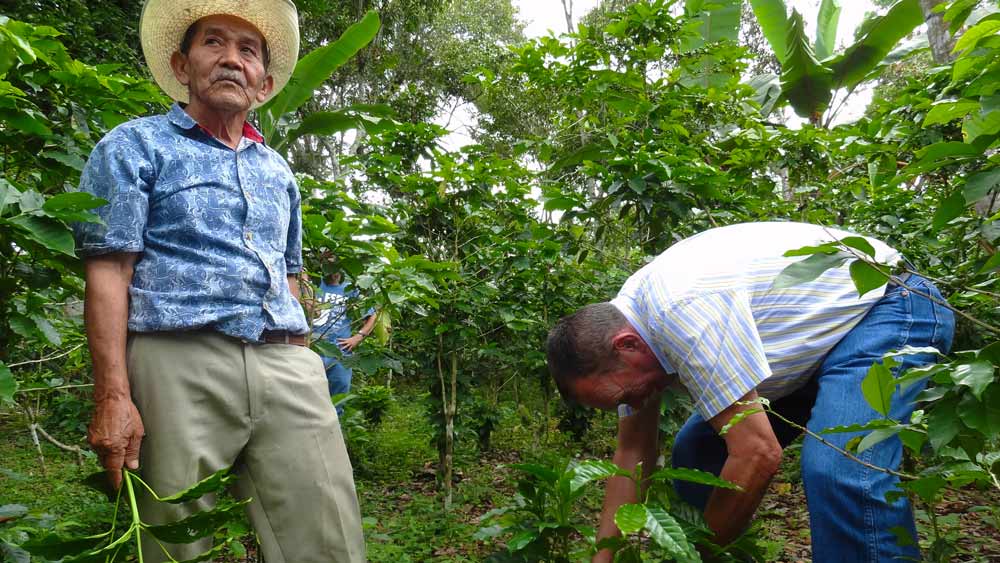
The first step towards solving a problem is understanding its causes.
When it comes to human-driven climate change, it’s helpful to think of our planet’s atmosphere as a bathtub and carbon dioxide (CO₂) and other heat-trapping ‘greenhouse’ gasses (GHGs) as the water filling it.
The bathtub can hold a lot, but if we keep adding water, we won’t like the consequences. Unfortunately, due to human activities such as burning fossil fuels, deforestation, industrial emissions and more, the ‘water level’ is already dangerously high, and we’re still running the ‘tap.’
So, we face two challenges:
- The full tub: the existing amount of CO₂ (and other GHGs) already trapped in the atmosphere from past emissions.
- The open tap: the continuing flow of emissions into the atmosphere from current and ongoing activities.
This means that to prevent further climate change, we must:
- Drain the tub: remove the excess CO₂ (and other GHGs) already in the atmosphere
- Turn the tap off: quickly cut new emissions to stop adding to the problem
Recognizing these two levers for change, the climate change solutions we have at our disposal focus on either 1. lowering the level of warming gasses already in our atmosphere or 2. reducing the emissions we produce.
Let’s start by exploring some of the methods we can use to absorb the CO₂ already in our atmosphere.
It’s important to note that CO₂ is the most abundant greenhouse gas emitted by human activities. So much so, in fact, that we’ve managed to raise carbon dioxide levels in our atmosphere by 50% in under 200 years. This makes it a key focus for reduction efforts.
Draining the tub: Absorbing the CO₂ in our atmosphere
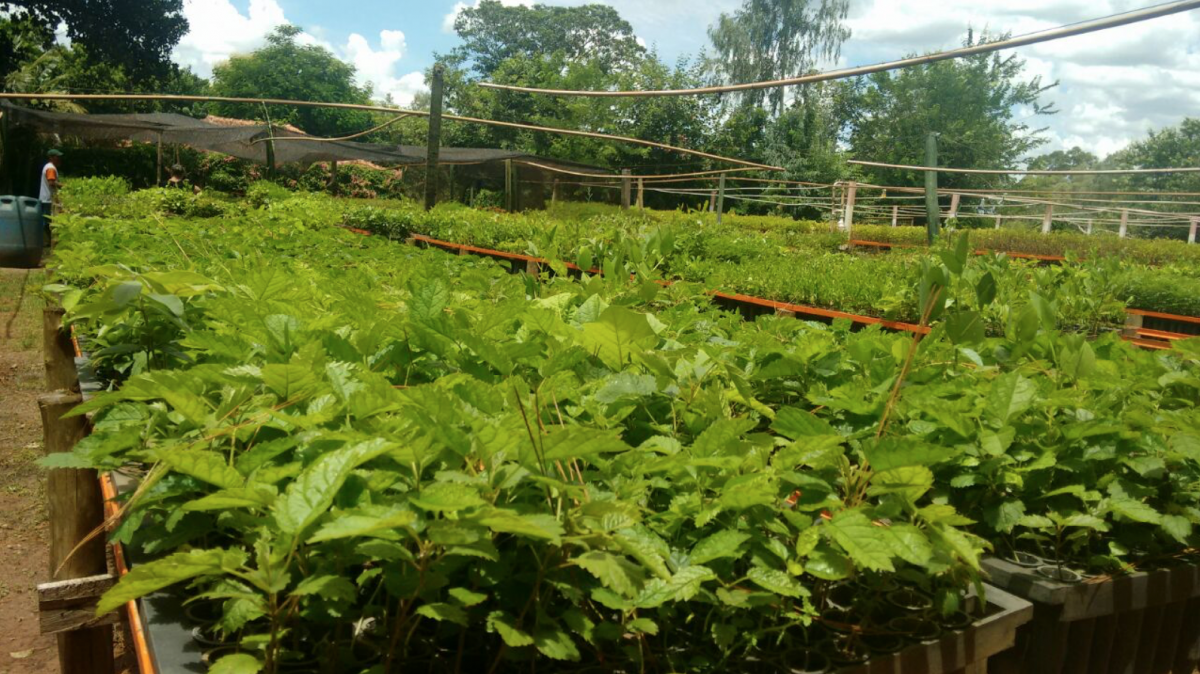
We have a variety of methods we can use to suck up and store the CO₂ in our atmosphere. These can be split into nature-based solutions and climate technology solutions:
Nature-based solutions to climate change
As the name suggests, nature-based solutions use natural processes to absorb and store CO₂. They also provide a wealth of other benefits for people and the planet.
Restoring forest ecosystems
It may come as no surprise that at WeForest, we believe that restoring healthy forest ecosystems is one of the best approaches to solving climate change.
Trees are renowned for their ability to capture carbon – and forest restoration and reforestation projects repair damaged ecosystems and create new carbon sinks. They also deliver a wealth of other really important co-benefits:
- Boost biodiversity: By creating habitats for woodland species, restored forests support thriving ecosystems
- Stabilize soils: Tree roots bind soils, preventing erosion and reducing the risk of landslides
- Regulate local climates: Forests moderate temperatures, reduce heat stress, and maintain moisture levels, helping to mitigate the severity of droughts and floods.
- Protect against extreme weather: Forests also shield communities from the impacts of flooding by absorbing excess rainwater and reducing runoff
- Enhance climate resilience: Healthy forest ecosystems strengthen the ability of landscapes and communities to adapt to (and recover from) climate-related challenges. For e.g. extreme weather and changing environmental conditions.
Real-world example: Check out WeForest’s Desa’a Forest project in Ethiopia. We’re working with 23,000 farming families to restore the local afromontane forest, bring water back to the region, and keep desertification at bay.
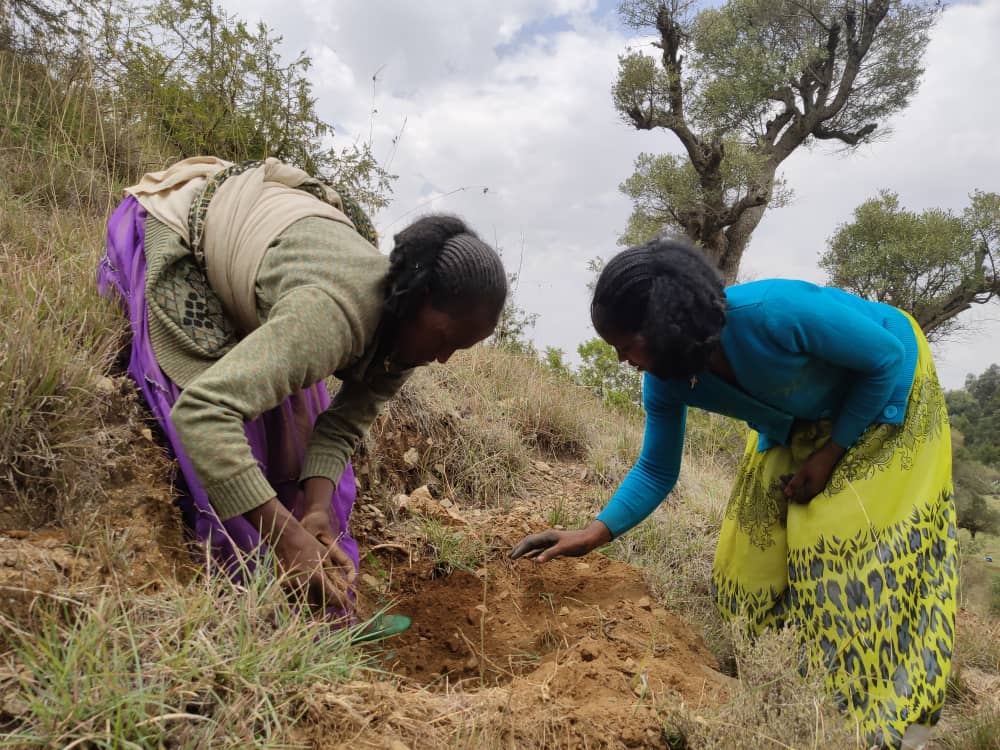
Restoring terrestrial wetlands and peatlands
Did you know that land-based wetlands store a significant portion of the world’s terrestrial carbon? Protecting and restoring these ecosystems is essential for preserving their incredible ability to sequester and store carbon, helping to mitigate climate change. Yet, the benefits of wetlands don’t stop there. They also:
- Shield communities from storms and flooding by acting as natural buffers
- Support biodiversity by creating habitats for unique plant and animal species
- Improve water quality by filtering pollutants and replenishing groundwater
Supporting soil carbon sequestration with agroforestry
The world’s soils store more carbon than the atmosphere and all vegetation combined, making them a crucial ally in the fight against climate change. Yet, unsustainable agricultural practices like intensive tilling and overgrazing damage soil structure. This releases stored carbon as CO₂ and makes climate change worse.
Agroforestry (integrating trees into farming systems) presents a promising solution. It restores and enhances soil’s ability to store carbon while delivering other additional benefits:
- Improving soil health, boosting fertility and agricultural productivity
- Supporting biodiversity by creating diverse habitats within agricultural landscapes
- Promoting sustainable livelihoods through opportunities like shade-grown crops, timber, and agroforestry products.
Real-world example: In Apuí, Brazil, WeForest is working with local farmers to develop regenerative organic coffee agroforestry and restore degraded pastures. This initiative aims to sequester carbon, improve soil fertility, and provide sustainable income for farmers.
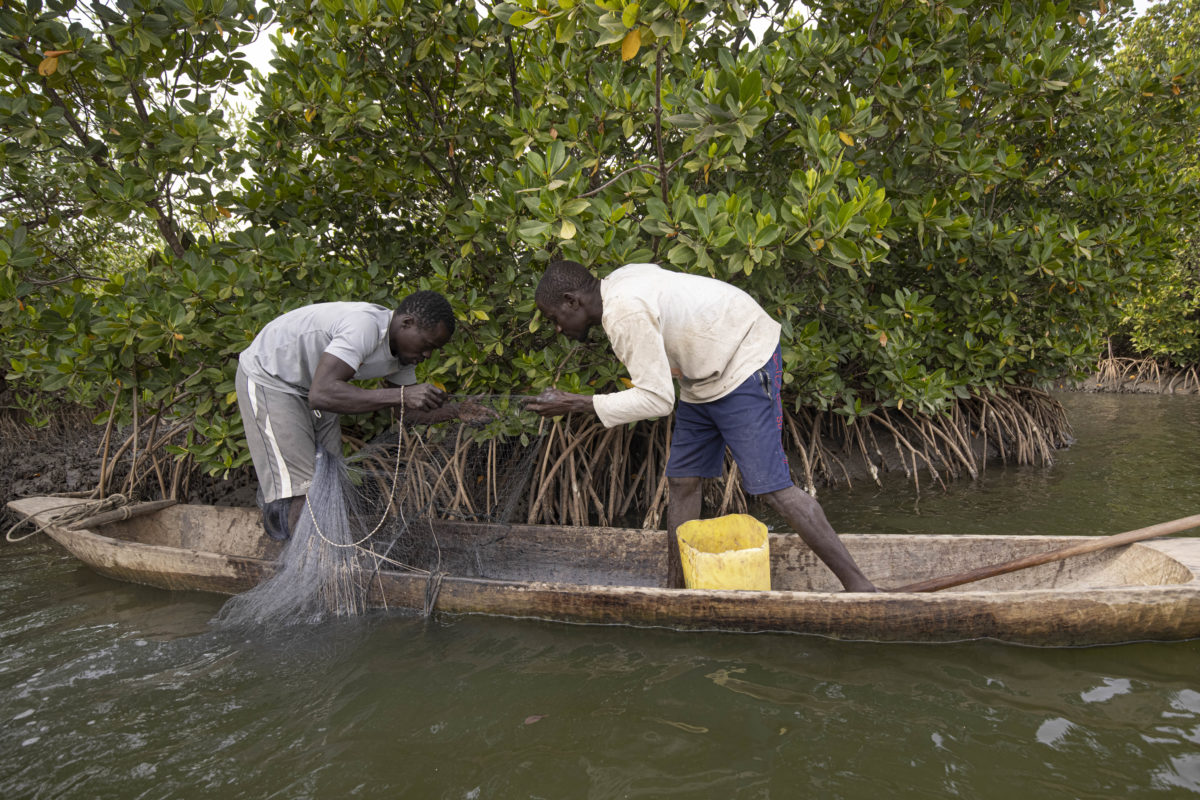
Protecting coastal wetlands and ecosystems
Coastal, tidal wetlands like mangroves and saltmarshes sequester and store large amounts of CO₂ per hectare, making them essential for combating climate change. Conserving them also offers other advantages:
- Protect coastal communities from storm surges by acting as natural storm barriers
- Support marine biodiversity by creating critical nurseries and habitats for fish, shellfish, and other wildlife
- Stabilize coastlines by reducing erosion and strengthening shoreline resilience
- Improve water quality by filtering and reducing pollutants and supporting healthy marine environments
Real-world example: We’re working with Oceanium, Climate Impact Partners and local communities to restore mangrove ecosystems in Senegal. This is anticipated to remove one million tonnes of carbon over the next 30 years, whilst also restoring habitats for over fifty mammal species and hundreds of migratory birds.
Conserving our oceans and marine ecosystems
Although the closest WeForest gets to the ocean is through our ‘blue carbon’ mangrove restoration projects, it’s important to recognize that our ocean is the planet’s largest carbon sink. It stores vast amounts of carbon in its waters, sea life, seabed sediments, seagrass meadows, and kelp forests. So, keeping it healthy is vital to regulating the Earth’s climate. The benefits also go beyond carbon ‘seaquestration’ to include:
- Oxygen production: 50% of the air we breathe is produced by the ocean’s phytoplankton. Ocean warming, acidification, pollution, and other human-caused activities threaten these tiny organisms’ ability to do ‘their job.’ Keeping them – and their habitats – healthy is key to maintaining the planet’s oxygen supply
- Biodiversity, food, and livelihood support: Providing critical habitats for marine species supports the diversity and abundance of marine life we need for food, fishing, and eco-tourism
- Mitigate extreme weather: Protected coral reefs and other marine ecosystems absorb wave energy, protecting coastal communities from the intensified tropical storms and surges that are becoming more common as a result of climate change.
Those are just a few of the nature-based solutions we can use to mitigate climate change. Now, let’s look at some climate solutions that aren’t nature-based.
Climate change technologies
These solutions rely wholly or partly on technology to capture and store carbon. Governments seem keen to fund them, and they can be effective. However, they do lack the co-benefits that nature-based solutions provide.
Direct air capture (DAC)
Direct air capture technologies involve machines that remove CO₂ directly from the atmosphere, storing it underground or using it in industrial processes. It is, however, far more expensive than other carbon sequestration methods, and scaling it to the level we need will be another challenge.
Carbon capture and storage (CCS)
Carbon capture and storage captures emissions at industrial sources (like power plants and factories) to prevent them from entering the atmosphere. However, its capacity is currently limited by available geological storage sites and infrastructure, and will require significant funding and development.
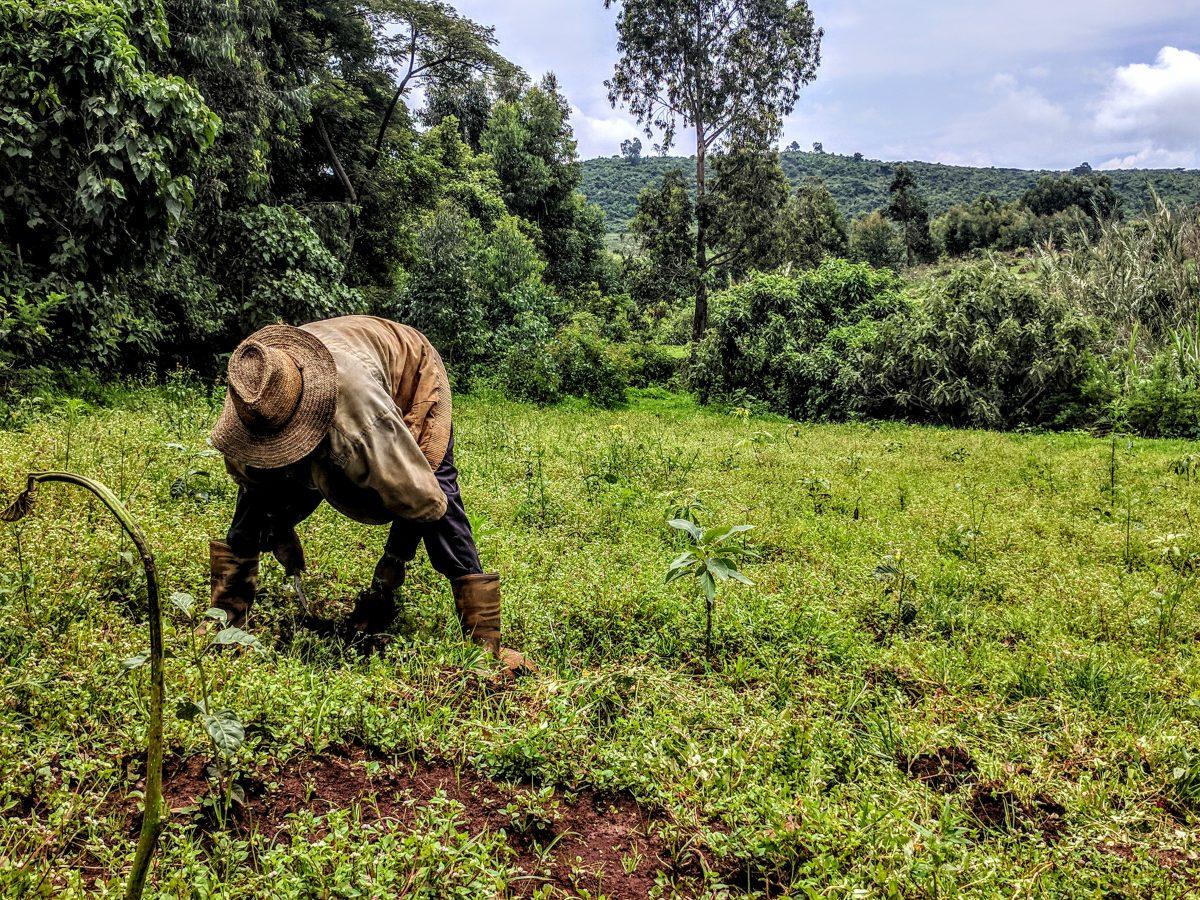
Turning off the tap: Reducing the emissions we produce
Reducing global carbon emissions means focusing on the areas that produce the most and tackling them accordingly.
Energy: Powering a low-carbon system
As of 2024, the energy sector is a major contributor to global emissions, accounting for a significant share of CO2 (and other GHGs). Reducing energy-related emissions means:
Switching to renewable energy: Clean energy options like wind, solar, and hydropower generate power without releasing harmful greenhouse gases.
Improving our energy efficiency: Using less energy to achieve the same results (via innovations like LED lighting, energy-efficient appliances, and better building insulation) not only cuts emissions, it also reduces energy bills for homes and businesses.
Food & agriculture: Growing a fruitful future
Our food systems are both a contributor to and a solution to climate change. By transforming the way we produce food, we can cut emissions and nurture healthier ecosystems.
Adopting regenerative farming practices: Techniques like cover cropping, agroforestry, and minimal tillage help store carbon in the soil, increase biodiversity, and restore degraded land.
Reducing livestock methane emissions: Livestock farming produces significant amounts of methane, which is a potent greenhouse gas. Strategies like changing animal diets, improving manure management, and reducing over-reliance on livestock farming can make a big difference.

Transport: Driving emissions down
Transport is another major emitter responsible for a large portion of global CO₂ emissions. We can tackle this by:
Electrifying public and private transport: Transitioning buses, cars, and trucks to electric vehicles (EVs) powered by renewable energy.
Promoting public transport, cycling, and walking: Investing in our public transit systems and creating safer infrastructure for cyclists and pedestrians reduces our reliance on cars.
Avoiding flying: Air travel is highly carbon-intensive. Opting for trains or virtual meetings instead of flying can significantly lower emissions.
Industry: Building a low carbon economy
Industrial processes are a significant driver of global emissions, particularly in manufacturing, cement, and steel production. Decarbonizing this sector is essential for achieving climate goals.
Using low-carbon technologies: Innovations like electric arc furnaces in steel production, alternative cement blends, and renewable energy-powered manufacturing can dramatically lower the emissions from industrial processes.
Waste: Turning trash into treasure
Waste management is often overlooked, yet it’s a crucial area for reducing emissions. By rethinking how we produce, use, and dispose of materials, we can make sure our efforts aren’t…wasted.
Reducing waste at the source: designing products for durability, repair, and reuse helps reduce the amount of waste generated in the first place. Less waste means fewer emissions from production and disposal.
Diverting waste from landfills: organic waste in landfills produces methane. Composting food scraps and yard waste can turn these emissions into valuable soil nutrients instead.
A positive path forward
Climate change may be the challenge of our time, but we have a wide range of tools and strategies we can use to overcome it.
From nature-based solutions and climate technologies that absorb and store greenhouse gases from the atmosphere – to individual and collective actions we can take to reduce our emissions, there’s a clear and positive path forward. And it’s one that people, organizations, and governments can all work together to support.
To learn more about WeForest and how forest restoration plays a vital role in solving the global climate challenge, sign up for our e-news.


